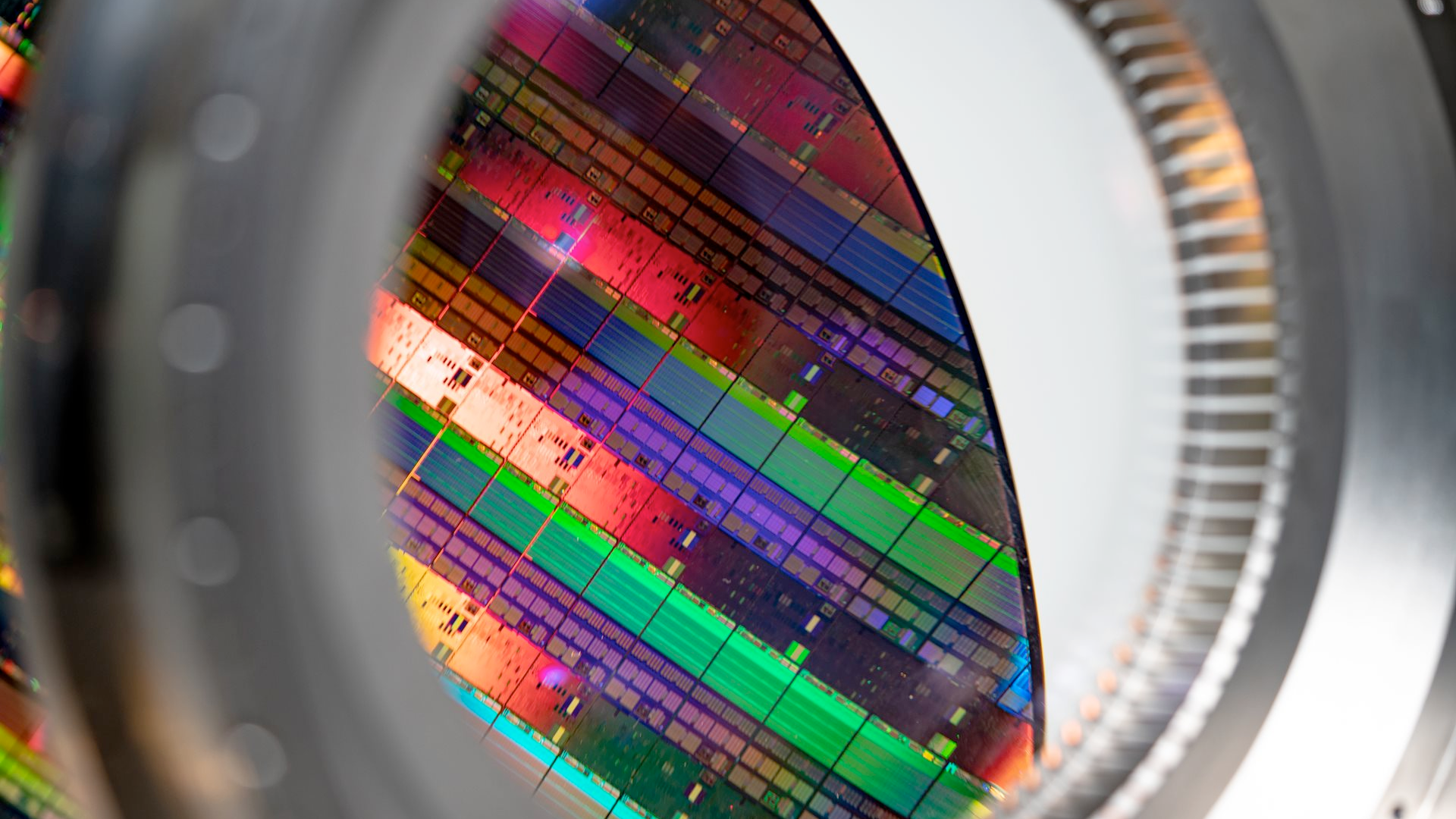
The China Association for Science and Technology (CAST) recently listed the challenges the country faces in its semiconductor industry, and lithography is notably not among the listed issues. However, according to DigiTimes Asia, the exclusion of lithography is more likely a political consideration to downplay the impact of American sanctions on China's indigenous chip manufacturing rather than a local innovation that allows the Chinese to build their own lithography tools.
This isn't the first time the country has disregarded lithography, as Xi Jinping told the Dutch Prime Minister that China doesn't need ASML, the leading lithography tool manufacturer, to advance its technologies. There currently is one China-based lithography tool maker — Shanghai Micro Electronics Equipment Group (SMEE) — with another company, Naura Technology, aiming to develop its lithography tools for the first time in April 2024.
However, China's domestic production rate for chip-making tools for the entire semiconductor manufacturing process is only around 20%, with domestic lithography tools comprising less than 1% (compared to ASML's 93% global market share).
EUV lithography tools are crucial for building the next generation of chips, and even though a company may have acquired them before America's sanctions, they still need consistent maintenance and servicing for continuous use. However, as U.S. bans now include servicing these tools, even lithography tools already in use will eventually stop working.
Unless China has made a significant breakthrough in its lithography tools industry, this would likely be the biggest hurdle Chinese tech firms must go through to produce their high-end chips. This has even reached the point that some industry leaders are asking their semiconductor companies to focus on legacy chips and 3D packaging instead of trying to remain on the cutting edge of process nodes.
Nevertheless, many companies still spend time and effort creating innovations that will help sidestep Washington's sanctions. For example, Huawei is building a significant R&D center on lithography and fab equipment, while other Chinese firms are experimenting with open-standard technologies like RISC-V.
Even if organizations leave one technology or another out of their list of challenges, words cannot change the reality of the challenges that the Chinese semiconductor industry is facing. It would take years, if not decades, of research and development for the country to catch up with mainstream lithography makers. So, unless they could magically create a lithography machine that matches ASML's latest High-NA EUV tools, excluding lithography tools in the list of challenges the Chinese semiconductor industry faces is likely a political accommodation.







